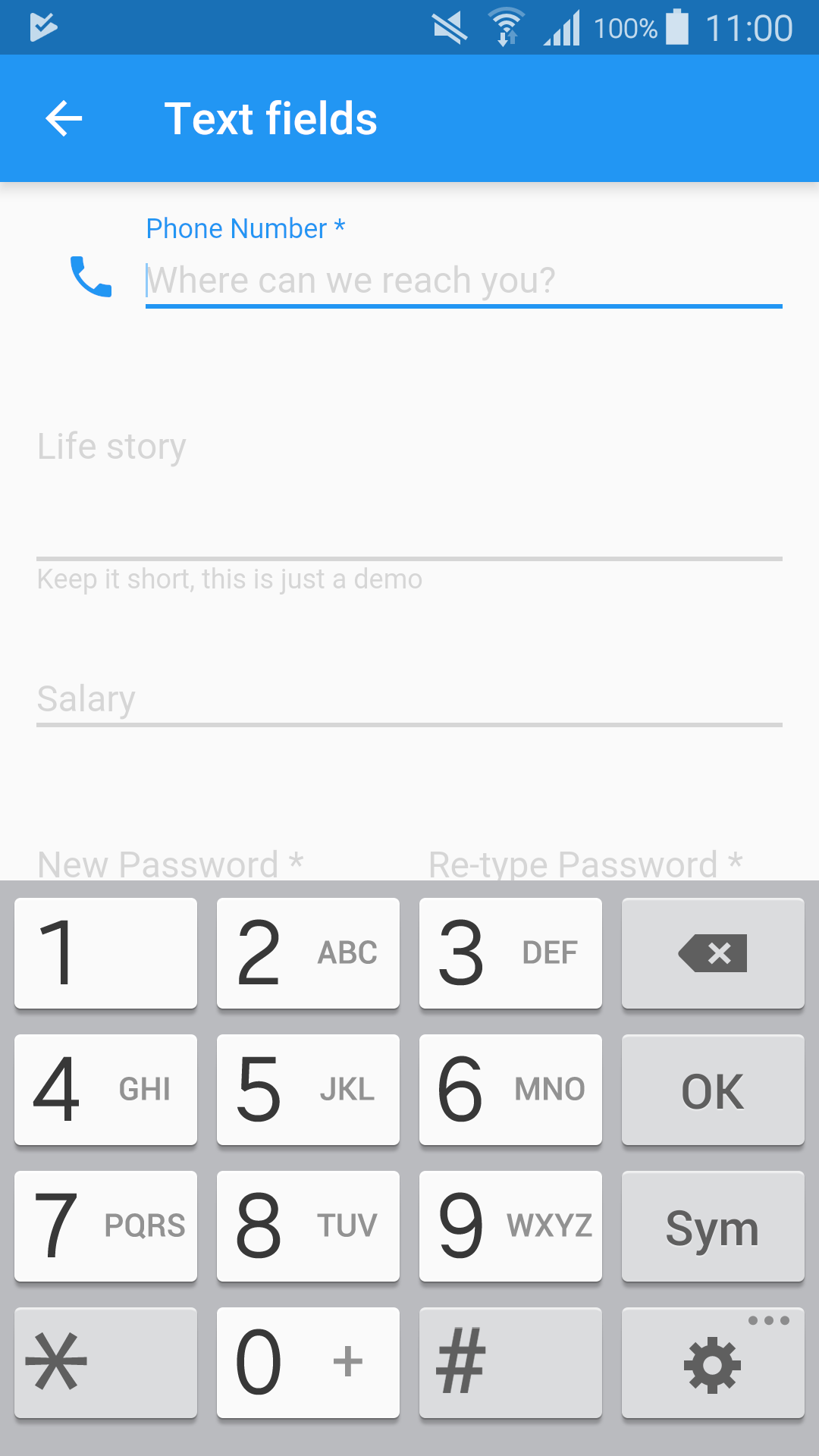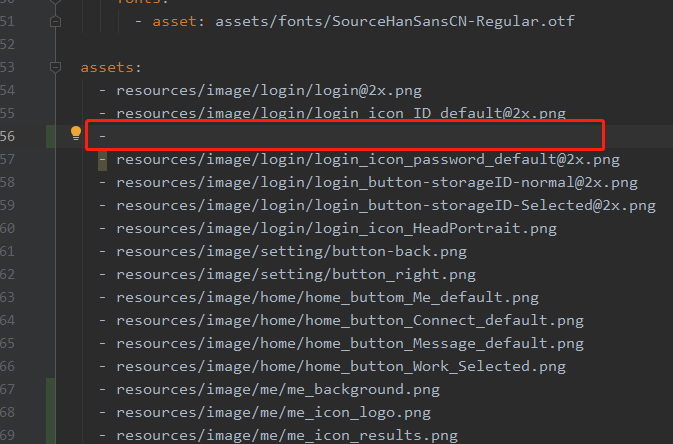

Now, open the sign_in_state.dart file under packages/features/sign_in/lib/src. Some work will be necessary before you can build the app. Wait for the command to finish executing, and just ignore the errors in the project’s files for now. To see this in practice, open the starter project and fetch the dependencies using the terminal to run the make get command from the root directory. Nonetheless, it’s always showing the form, so a single class is enough to model this. Sometimes it shows the form with a loading indicator sometimes it shows the form with a snackbar sometimes it shows the form with one or two invalid fields. The screen contains only one type of state: It’s always showing the form. Now, for the sign-in screen, this will be very different - and a bit simpler: QuoteDetailsState Abstract base class QuoteDetailsInProgress QuoteDetailsFailure QuoteDetailsSuccess +quote: Quote Concrete implementation You used a class hierarchy to model this in an enum-like way: The screen was loading, showing an error or showing the quote - but never more than one at a time. Quick recap of the previous chapter: You create the state class to pack all the information your Cubit has to emit to your widgets, so they can rebuild themselves and reflect the new user state.įor example, the details screen you worked on in the last chapter had a few mutually exclusive types of state: While going through this chapter, you’ll work on the starter project from this chapter’s assets folder. Create a form that responds to different types of user interaction.Create reusable abstractions for your form fields.During that process, you’ll learn how to:
Flutter form error code#
They’re pretty much the same as far as their code goes, but since sign-in screens are the ones users see most, this is the one you’ll focus on for this chapter.
Flutter form error update#
WonderWords has a few different forms: the sign-in page, the sign-up page, the forgot password dialog and the update profile page.
Flutter form error how to#
The previous chapter taught you how to use Cubits to manage the state of the first type: the details screen.

When developing mobile apps, you’ll notice your screen types usually fall under one of these three buckets: Automating Test Executions & Build Distributionsġ5.3 Automating iOS Builds and Deployment


Running Live Experiments With A/B Testing & Feature Flagsġ3.2 Logic Behind Remote Config and Feature Flagsġ3.4 Creating New Parameters in Firebase Remote Config Consoleġ3.5 Implementing UI Changes Based on Your Remote Config Supporting the Development Lifecycle With Firebase Creating Your Own Widget Catalogġ1.1 Why Do You Need a Component Library? Internationalizing & Localizingĩ.2 Generating Internationalization Filesĩ.4 Pluging Localization Classes Into MaterialApp Note: Although using the validation methods ( save, reset, validate) defined in the FormState object is a popular option for validating forms, this may not be an efficient way. Managing Complex State With Blocsĥ.1 Differentiating Between Cubits and BlocsĦ.4 Differentiating Between Ephemeral State and App StateĦ.5 Managing App State With BehaviorSubjectħ.3 Supporting Bottom Tabs With Nested RoutesĨ.4 Opening a Dynamic Link When Your App Is ClosedĨ.5 Opening a Dynamic Link When Your App Is Already Open We can validate user-input in TextField by simply over-riding selected parameters in the InputDecoration widget. Managing State With Cubits & the Bloc Libraryģ.9 Challenge 1: Downvoting, Unvoting, Favoriting and Unfavoriting Prot_CN, i think the screenshot in your post is using a custom error message with a combination of Icon and Text widget as i am not sure if the built-in feature will allow this (i could be wrong).Real-World Flutter by Tutorials Section 1: 16 chapters Show chapters Hide chaptersġ.5 Propagating the Configurations to the Following Chapters


 0 kommentar(er)
0 kommentar(er)
